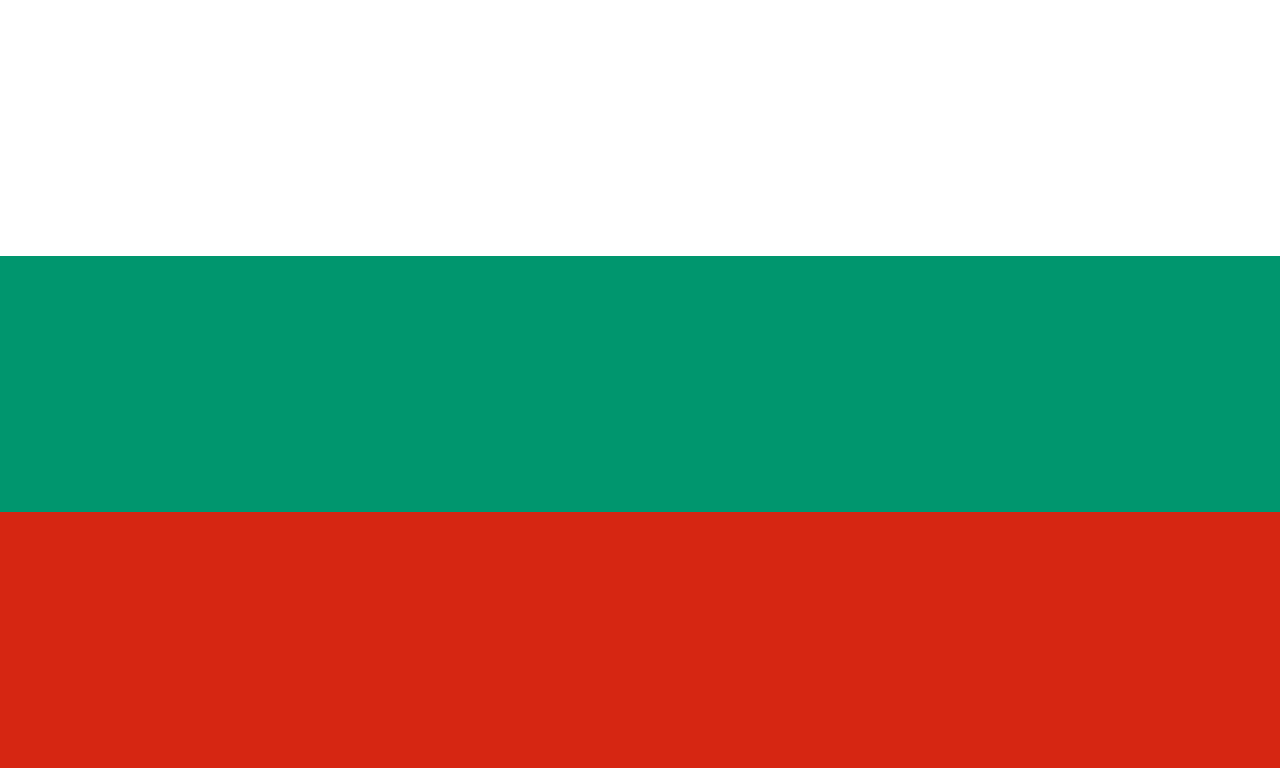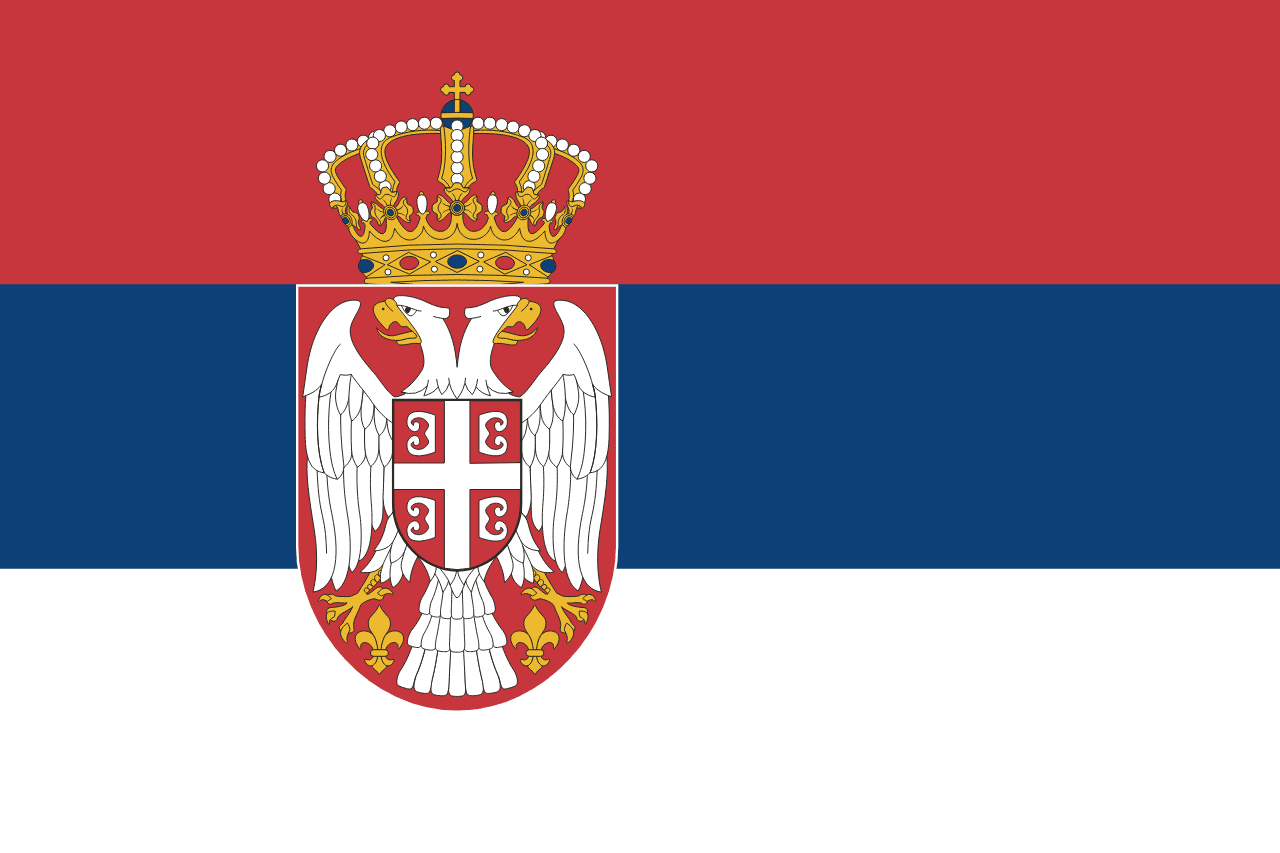Romania Flag Meaning
A vertical tricolor of blue, yellow, and red, representing the unity of Romania’s historical regions. The design dates to the 19th century and was restored after the fall of communism in 1989.
- Continent
- Europe
- Adopted
- 1989
- Ratio
- 2:3
- Colors
- blue, yellow, red
- Designer
- Based on historic Wallachian and Moldavian colors

Symbolism
Blue Stripe: Represents liberty and the sky.
Yellow Stripe: Symbolizes justice and the grain fields of Wallachia.
Red Stripe: Represents fraternity, courage, and the blood of heroes.
History
- 1834: The blue-yellow-red tricolor first appeared as the flag of Wallachia under Prince Alexandru Ghica.
- 1859: The unification of Wallachia and Moldavia cemented the tricolor as a national symbol.
- 1918: Romania expanded after World War I, incorporating Transylvania and consolidating national identity under the tricolor.
- 1947–1989: The communist regime added the state emblem to the flag, but during the 1989 revolution protesters cut out the emblem, leaving a hole in the middle.
- December 1989: The communist government was overthrown, and the plain tricolor was restored as the national flag.
Trivia
- Romania’s flag is almost identical to that of Chad, differing slightly in shade of blue.
- The three colors reflect the historic provinces: blue for Transylvania, yellow for Wallachia, red for Moldavia.
- During the 1989 revolution, flags with the communist emblem cut out became powerful symbols of freedom.
- Romania’s national day is December 1, marking the 1918 union of Transylvania with Romania.
- The flag’s design has roots in both French revolutionary influence and local heraldic tradition.
Related Countries

Moldova
Europe
Three vertical stripes of blue, yellow, and red with the national coat of arms centered on the yellow stripe, representing Moldova's emergence from Soviet rule and its historical connections to Romanian heritage and European identity.

Bulgaria
Europe
Three horizontal stripes of white, green, and red representing peace and freedom, the agricultural wealth of the nation, and the courage and blood of Bulgarian patriots who fought for independence.

Serbia
Europe
A horizontal tricolor of red, blue, and white with the national coat of arms offset toward the hoist. The coat of arms features a double-headed white eagle, the Serbian cross, and a royal crown.

Hungary
Europe
Three horizontal stripes of red, white, and green representing strength, faithfulness, and hope, with colors rooted in medieval Hungarian heraldry and the struggle for independence from foreign rule.

Slovakia
Europe
A horizontal tricolor of white, blue, and red with the Slovak coat of arms placed toward the hoist. The coat of arms features a double silver cross rising from three blue hills, symbolizing Christianity and Slovakia’s mountainous landscape.

Ukraine
Europe
Two horizontal bands of blue over yellow, representing the blue sky over golden wheat fields that symbolize Ukraine as the 'breadbasket of Europe,' with colors that have represented Ukrainian identity for centuries and were officially adopted after independence from the Soviet Union.